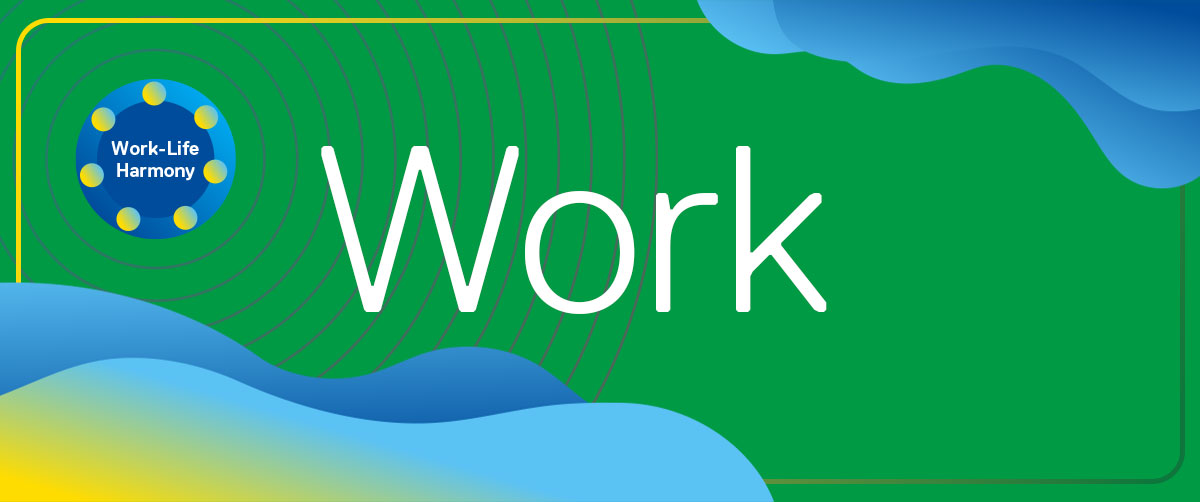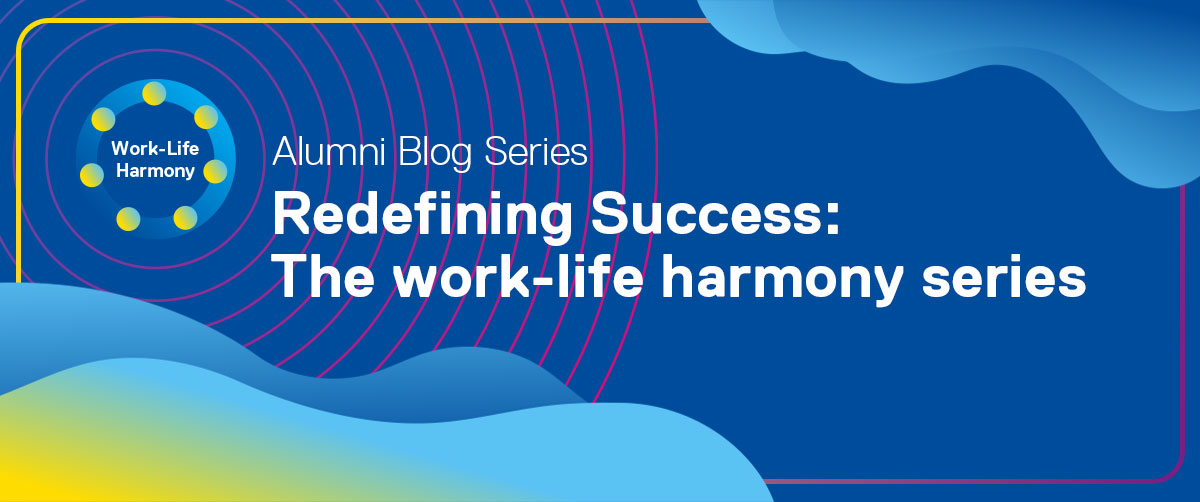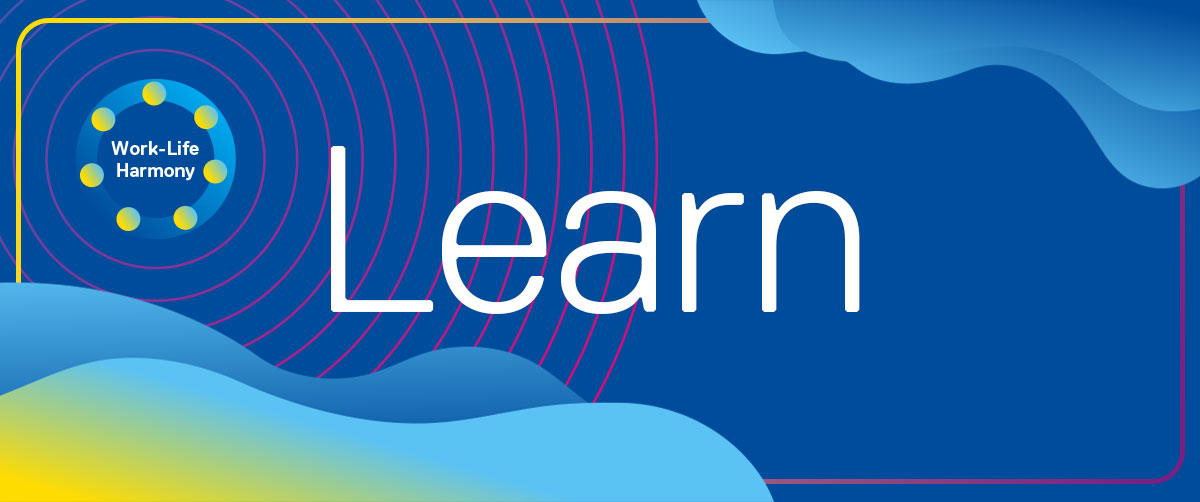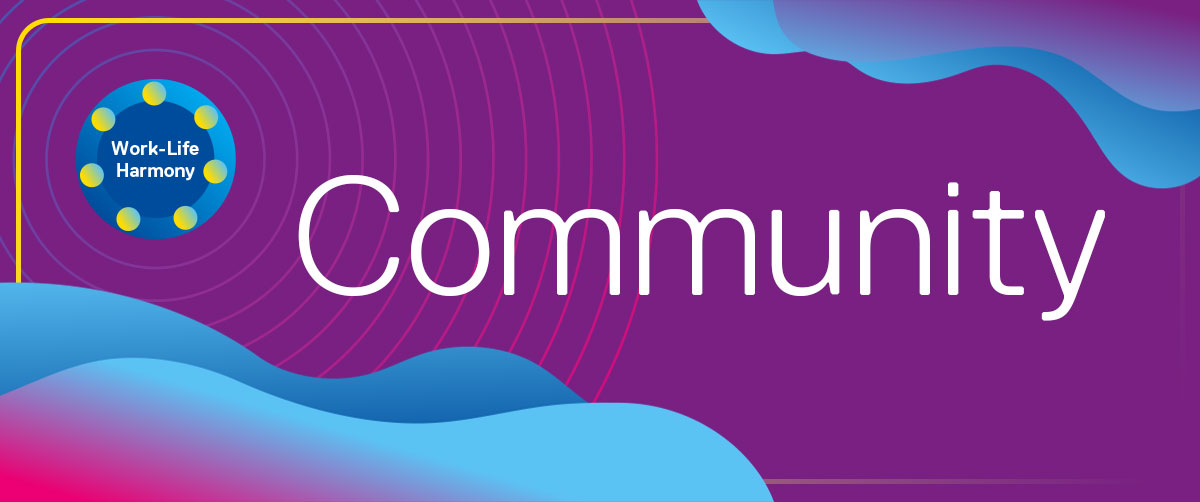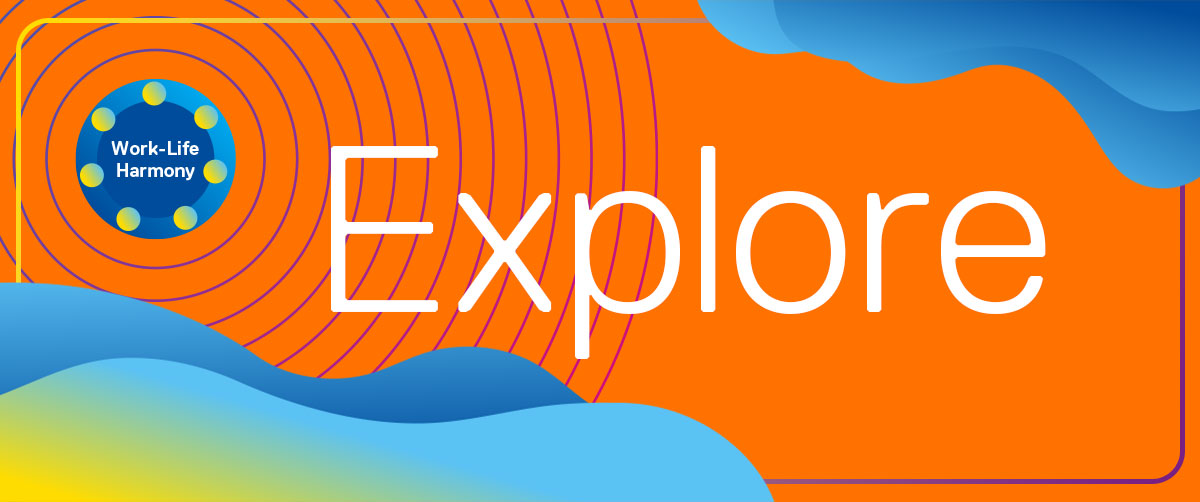
Recent studies indicate that the average human is expected to live up to 120 years of age, posing a question about the future of work. Are we destined for 100-year careers, and if so, how does this affect the concept of retirement? In this final installment of the work-life harmony series, we’re here to challenge conventional notions of what it means to “work”.
Work, as we know it, began as a means of survival. In our early hunter-gatherer days, work was the effort required to secure essentials for our families: food, clothing and shelter. As time progressed, work transformed into a means to support our lifestyles and save for retirement. The ultimate goal was to work diligently, exhibit loyalty to our employers and retire as early as possible to finally enjoy the pleasures of life, such as travel. But today, the concept of work has evolved into multifaceted careers, pursuing passions professionally and redefining retirement altogether. What does this evolving notion of work mean for the future? How do we prepare for careers that could last well into our 80s or 90s? While these questions might not have definitive answers (yet), we can future-proof our careers in ways that allow us to remain open, adaptable and agile to the realities of the world around us. Here are five tips you can implement today to future-proof your work:
- Skills-Based Learning: Invest in skills-based learning, not just early in your career but continuously. Focus on skills that are transferable across roles and careers. The pace of change in the working world is rapid, so cultivate skills that have broad value.
- Embrace Multiple Careers: Get comfortable with the idea of having multiple careers in your lifetime. Millennials, on average, have five different careers. A longer working life means more opportunities to explore different paths.
- Commit to Lifelong Learning: Dedicate time to learning outside of your job. Every day should be an opportunity to acquire new knowledge or skills. Embrace an attitude of learning from every experience, continually adding to your toolkit.
- Maintain an Open Mindset: Be open to how your career might evolve. Learn from others and adapt to new roles or responsibilities. The ability to reinvent yourself is key to staying engaged and pursuing what truly matters to you throughout your life.
- Environment Matters: Understand the type of work environment where you thrive. Whether you prefer a place filled with experts who inspire you or an atmosphere where you take the lead, align your work environment with your preferences. It might mean joining an organization that welcomes pets or one that supports causes dear to your heart.
While these guidelines offer a foundation for shaping your perception of work, it’s also valuable to use concrete tools and resources to discover what work means to you at this stage in your life. Below are some resources to help you navigate your career journey, transition between careers or explore entirely new career paths:
- 16Personalities: Take a quick quiz to learn about your personality within and outside of the workplace, aiding in defining your next career move.
- Career Personality Profiler: Identify the career best suited to your interests and aptitude.
- My Creative Type: Discover your creative inclinations and learn how to infuse creativity into your work.
- Career Personas: Explore different career personas and consider which one best aligns with your current or future aspirations.
In conclusion, while work and careers are important aspects of our lives, they’re not the only dimensions to consider and certainly not half of what makes up our work and life. It’s also important to remember that as life evolves, so do our priorities. Seasons will come when work does take precedence, but be open to shifting focus as your life unfolds. Regularly assess all seven dimensions of work-life harmony and determine where to allocate your energy. This ongoing evaluation will help you create harmony across all dimensions of your life.
Challenge: On a sheet of paper, list the seven dimensions of work-life harmony: learn, community, explore, fun, family & friends, well-being and work. Assign percentages to indicate how much energy you currently allocate to each dimension. Then, note your ideal percentages. This exercise will help you set goals for shifting your energy toward what matters most to you in this season of your life.
Final thought: live harmoniously.
Gori Bhullar, Law and Business ’13, is a seasoned Management Consultant with a specialization in understanding Human Behavior in the workplace. She has spearheaded transformative People & Culture initiatives for several organizations. Currently, Gori works in the Financial Services industry in Toronto, Canada, where she leads strategic People & Culture efforts for over 60,000 employees across North America. Her commitment to fostering talent is her hallmark, making her a standout figure in her field. Stay tuned for her insights in this series.
Read other posts from the Re-defining Success series:


